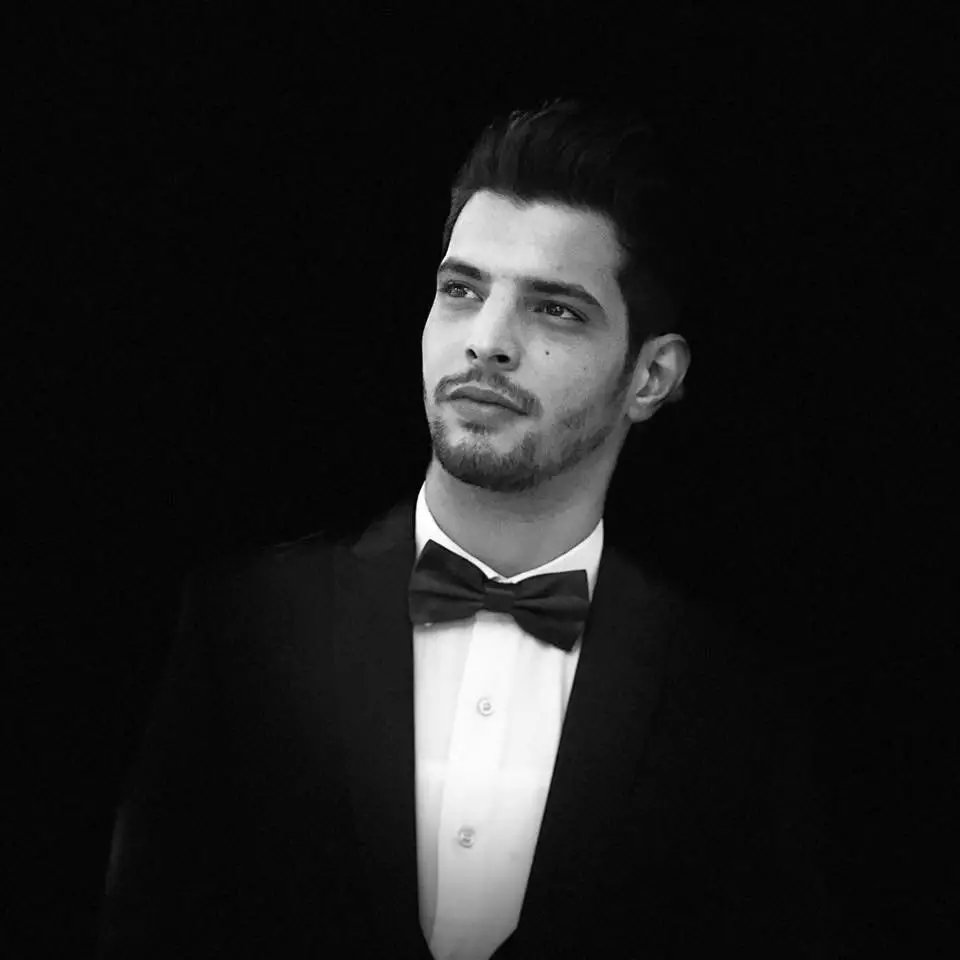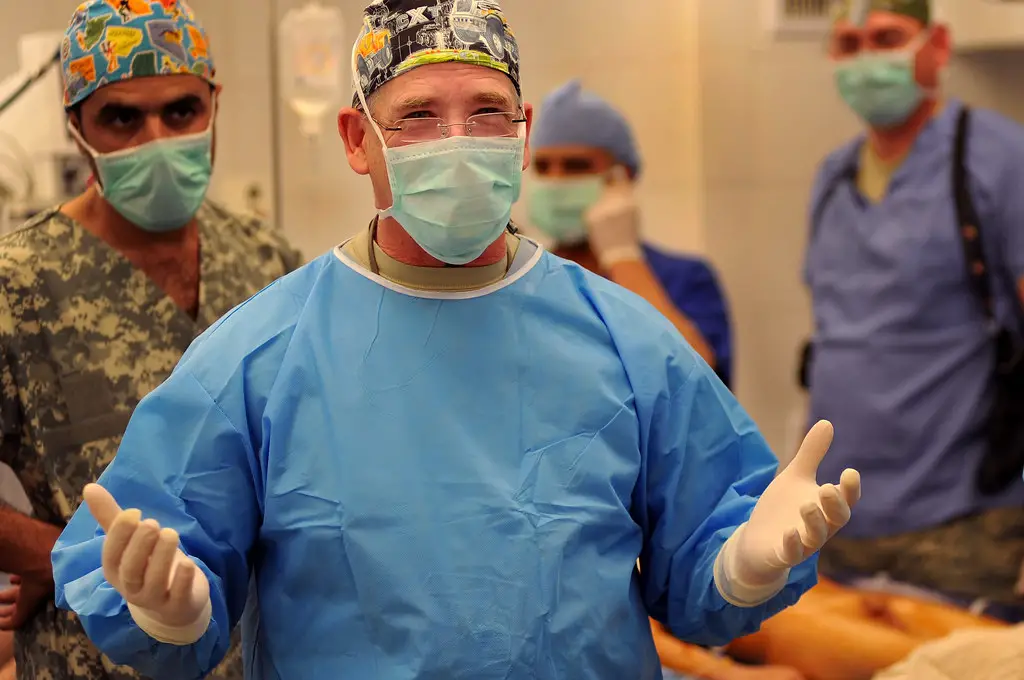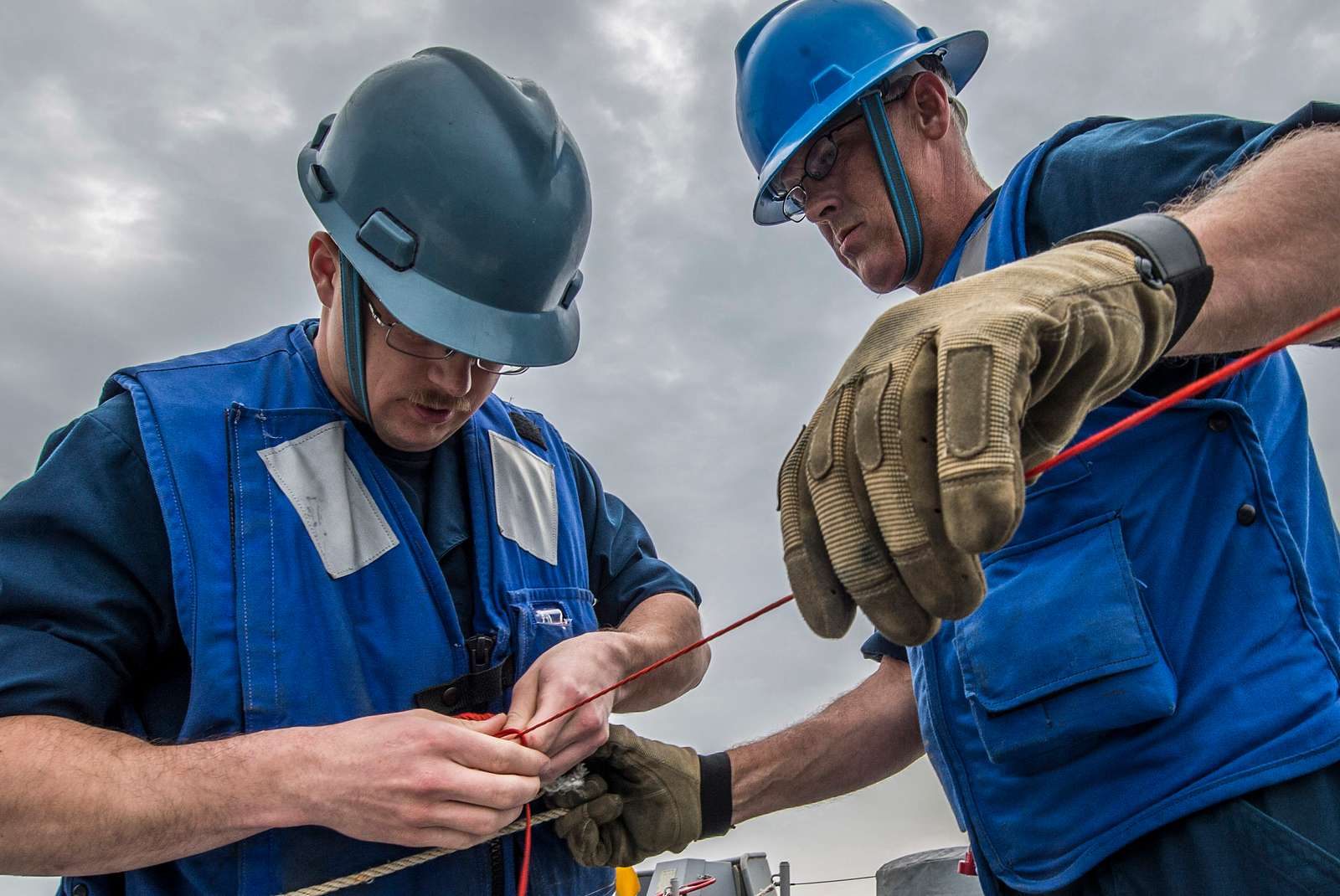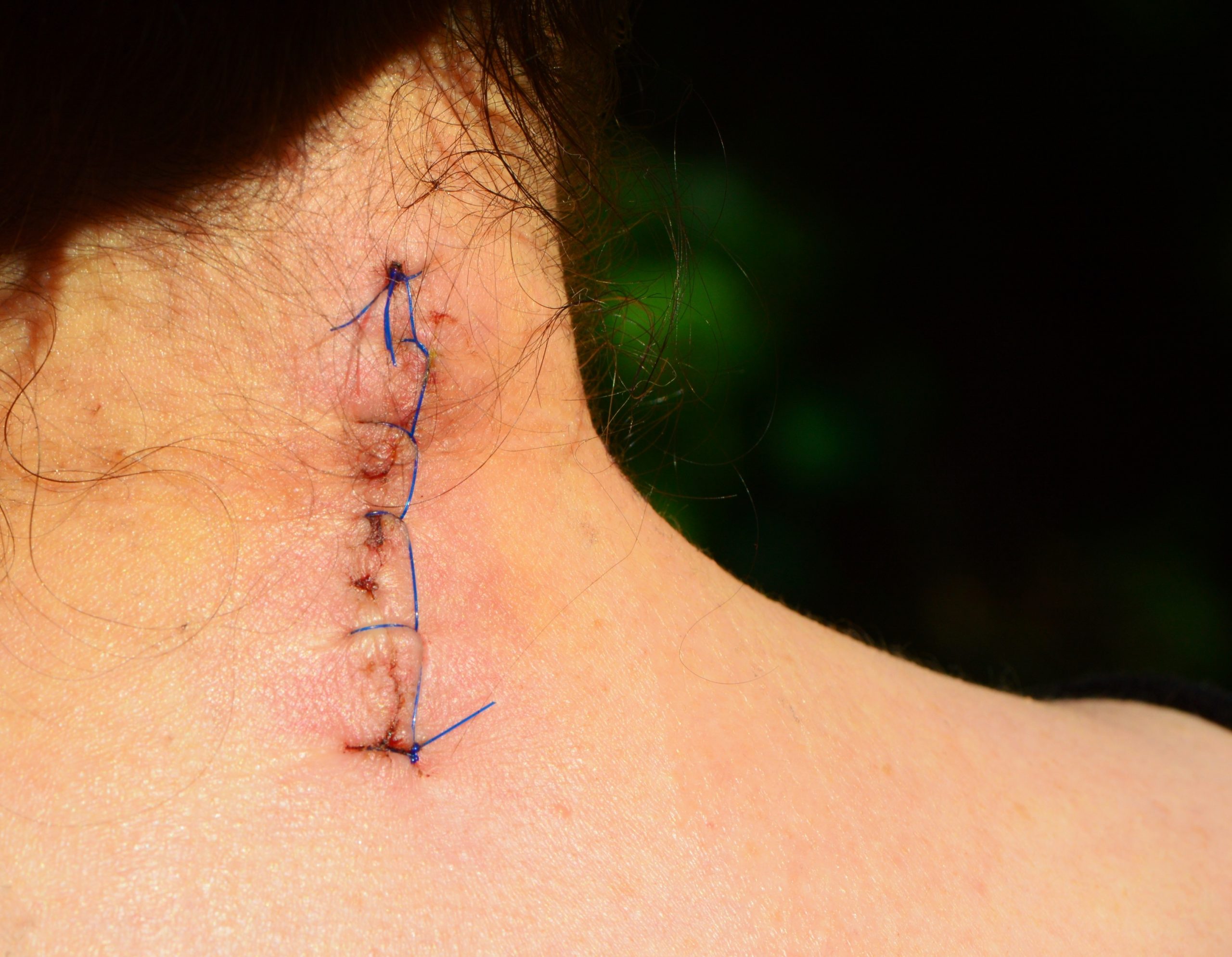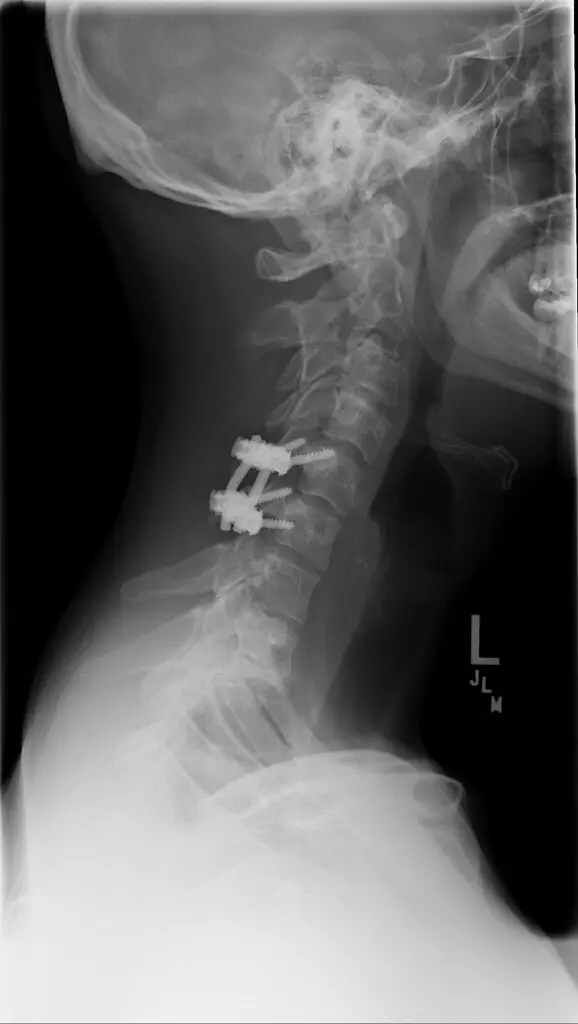THEcervical arthrodesis is a surgical procedure that joins two or more vertebrae neck to stabilize the spine.
This procedure is often performed to relieve neck pain caused by conditions such as cervical spondylosis, herniated disc (cervical hernia) and cervical osteoarthritis.
Many people who have had this operation are eager to resume their normal activities, including sports. In this article we will consider whether or not it is possible for a person who has undergone cervical arthrodesis to play sports.
What is cervical arthrodesis? Definition
To explain cervical arthrodesis, it is first necessary to understand what the cervical spine and what she does. the cervical spine is the upper part of the spine which extends from the base of the skull to the top of the shoulder blades.
It is made up of seven bones, or vertebrae, which are stacked on top of each other. These bones are connected by small joints called facets. The facet joints allow the spine to move and twist.
Cervical arthrodesis is a surgical procedure that involves fusing two or more vertebrae of the cervical spine. This fusion can be achieved using bone grafts, metal plates, screws and/or wires.
The objective of this operation is to stop the movement of the vertebrae and relieve pain. It is generally used as a treatment for degenerative diseases of the spine such as arthritis or spondylolisthesis cervical.
In some cases, it can also be used to treat fractures or spinal instability. To learn more about cervical arthrodesis, see the following article.
Recovery following cervical arthrodesis
Rehabilitation in kinesitherapy (physiotherapy), plays an important role in the recovery process after cervical arthrodesis. The main goals of rehabilitation are to regain range of motion in the neck and to strengthen the muscles surrounding the fusion.
Un typical rehabilitation program begins with range-of-motion exercises and progresses to more intense activities as arthrodesis healing. It is important to follow your rehabilitation program carefully to ensure a good recovery.
Prognosis of cervical arthrodesis
As previously mentioned, cervical arthrodesis is most commonly used to treat cervical spondylosis, which is a degenerative condition of the spine.
The objective of the procedure is to relieve pain and improve neck stability. The success rate of spinal fusion is high, and most people who undergo the procedure experience significant pain relief.
The fusion usually takes several months to heal, and it's important to avoid activities that can put stress on the neck during this time. Most people are able to return to normal activities after full recovery.
Cervical arthrodesis and sport
It is generally recommended that patients wait at least four to six weeks after surgery before resuming physical activity. This gives the body time to heal and the fusion time to begin to solidify.
During this initial period, patients should focus on low-impact activities such as walking, swimming, or using an elliptical machine.
As the healing and solidification of arthrodesis, patients may gradually increase their activity level, eventually returning to their previous activity level.
However, it is important to always follow the recommendations of the attending physician in order to avoid any complications or new injuries.
A healthy lifestyle and regular exercise are important for overall health and well-being, and cervical spinal fusion should not prevent patients from leading active lives.
Avoid contact sports
When you undergo a cervical arthrodesis, your surgeon will likely recommend that you avoid contact sports. This is because contact sports can put undue stress on your surgically repaired spine, which could lead to complications.
Focus on activities instead without contact that spare your spine, such as swimming, brisk walking or cycling. These activities will allow you to stay active without jeopardizing your recovery.
If you are an athlete, ask your surgeon when it is safe to return to competition. With proper care, you can fully recover and resume the activities you enjoy.
Always consult if new symptoms appear
When you undergo cervical arthrodesis, it is important to see your doctor if you experience any new symptoms, such as numbness, weakness, paralysis or pain.
Indeed, these symptoms may be a sign of a complication, such as nerve damage or infection. If left untreated, these complications can lead to serious problems, including loss of function in the affected area.
It is therefore essential to see a doctor as soon as possible if you experience new symptoms after having cervical arthrodesis. Prompt diagnosis and treatment can help minimize the risk of serious complications.
Psychological aspect
When you have undergone cervical arthrodesis, it is important not to develop any kinesiophobia, which is a fear of movement.
It's crucial to keep moving your neck as much as possible so you don't develop long-term stiffness and weakness. The kinesiophobia has a significant negative psychological impact on the quality of life of patients after cervical spine surgery.
People with high levels of kinesiophobia before the operation suffer more from postoperative pain, disability and mental health problems.
In addition, people with kinesiophobia are more likely to be dissatisfied with their surgical results.
Kinesiophobia is an important factor to consider in predicting outcomes after cervical spine surgery. It is therefore important to address kinesiophobia before and after surgery to improve the postoperative experience.
It is important to pay attention to your posture after cervical arthrodesis, because poor posture can lead to pain and stiffness. Regular exercise is also advised to maintain muscle strength and improve mobility.
In conclusion, it is important to follow the recommendations of the attending physician after cervical arthrodesis, and not to hesitate to consult if new symptoms appear.


